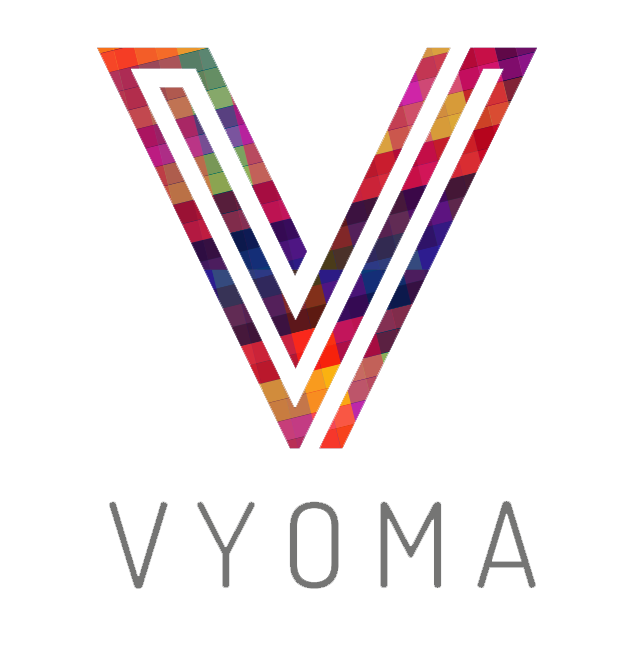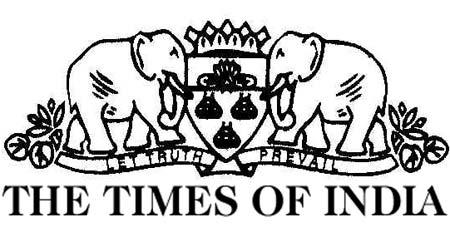Mumbai has the highest number of women travellers on suburban trains compared to other metros, according to a survey by a digital marketing company of 12,854 respondents in 26 railways stations in India. In the financial capital, women account for 41% of daily train commuters, which is higher than the national average of 35% and of cities like Bengaluru (39%) and New Delhi (37%).
Similarly, the metropolis has the highest number of youngsters taking suburban train, with 63% of the commuters in the 20-35 age group and only 15% in the 35-50 age band and 11% in the above 50 category. In other cities like Bengaluru, Hyderabad and New Delhi, only about 35% Gen X and millennials (20-35 years) use trains (all trains, not just metro).
Besides, 82% of the Mumbai’s working population uses the suburban train network, the highest in the country. A sizeable number of the city’s workforce earn more than Rs 40,000. According to a report by Vyoma, which conducted the survey, more than 26% of people using suburban trains in Mumbai earn above Rs 40,000. About 21% earn between Rs 30,000-40,000. About 23% earn between Rs 20,000-30,000 and about 19% use Rs 10,000-20,000.
There are more train travellers (not just metro) in Bengaluru (35%) and New Delhi (27%) earning above Rs 40,000. But when it comes to travellers earning below Rs 10,000, Mumbai has 11%, compared to 28% in New Delhi, 13% in Bengaluru and 12% in Hyderabad.
More than 69% of the daily train travellers in the country own smart phones. Here again, Mumbai beats the national average with as high as 91% of its commuters owning smartphones.
When it comes to top destinations in the suburban network to which Mumbaikars buy tickets , Churchgate is the biggest draw (9.7%), followed by CMST (7.8%), Virar (4.8%), Kandivli (4%) and Bhayandar (3%).
Peak time travel also varies according to city. “For New Delhi, peak travel time is in and around lunchtime, which is attributed to the number of long distance trains that leave the city at that time. But Mumbai has a peak time virtually throughout the day with working professionals, students and government employees forming bulk of the travel set,” said Vyoma, which has 2,050 intelligent digital displays at over 400 railway stations across 16 states.
On what trains do Indians prefer to travel on, the survey showed 54.2% use suburban trains for daily commute, 28.7% use ordinary trains, and 15.6% use mail/express (sleeper) and 1.5% buy first-class tickets. The dominant age group using trains in India is 20-35 years, of which as high as 83% are suburban travellers. Read More




